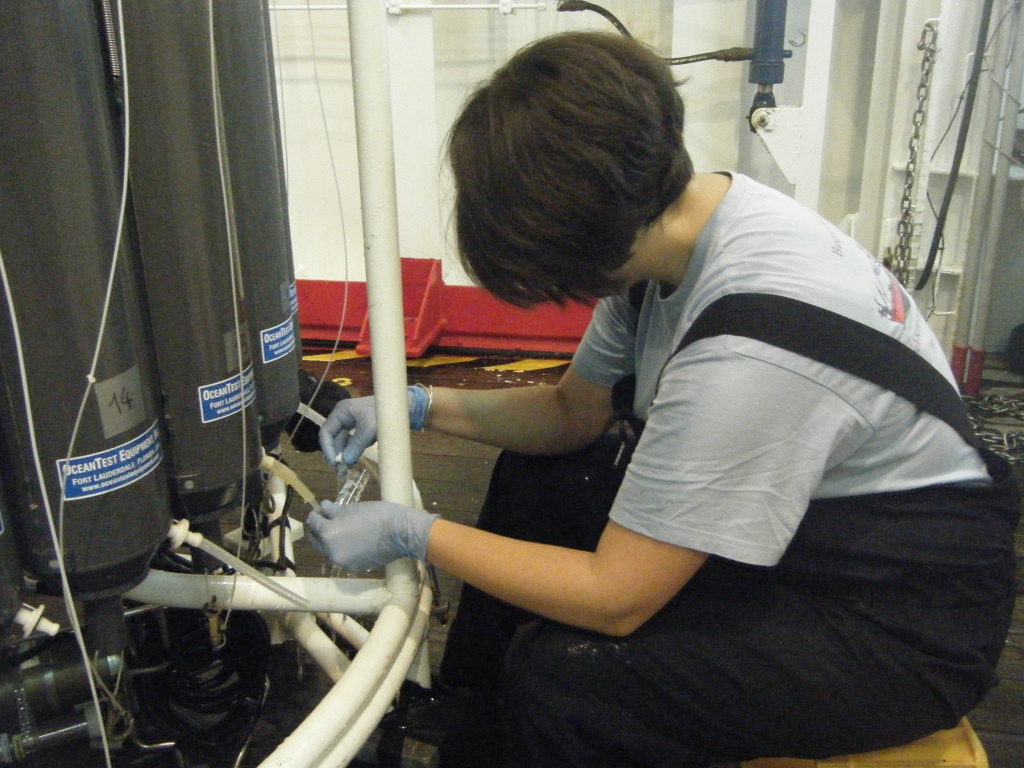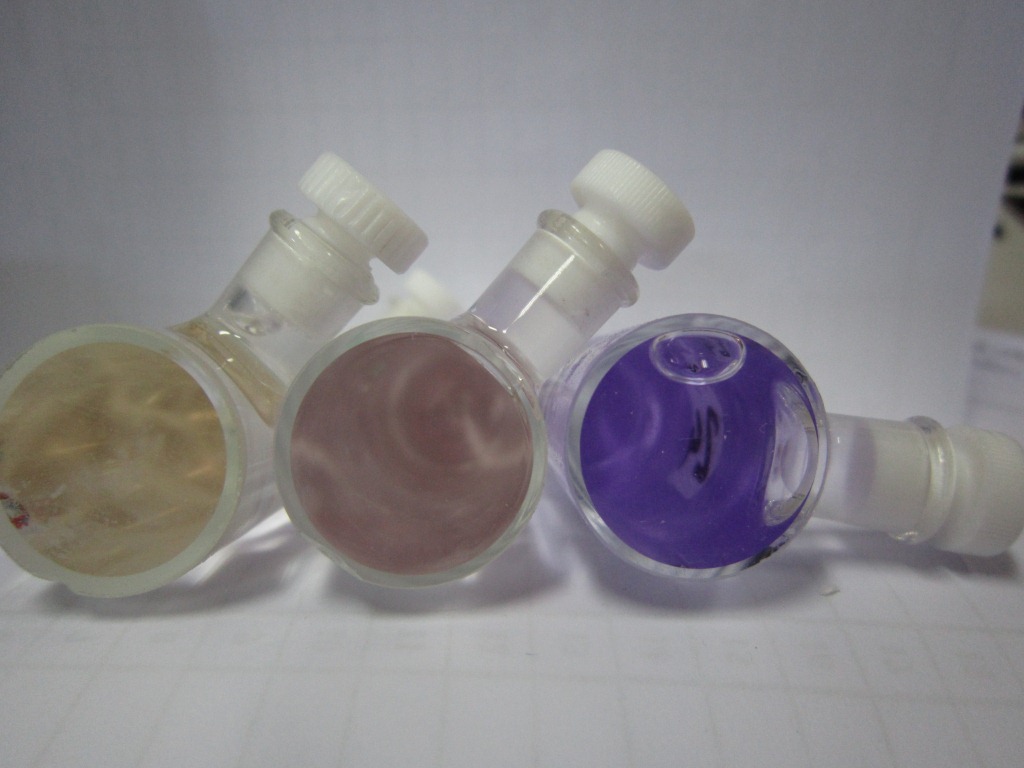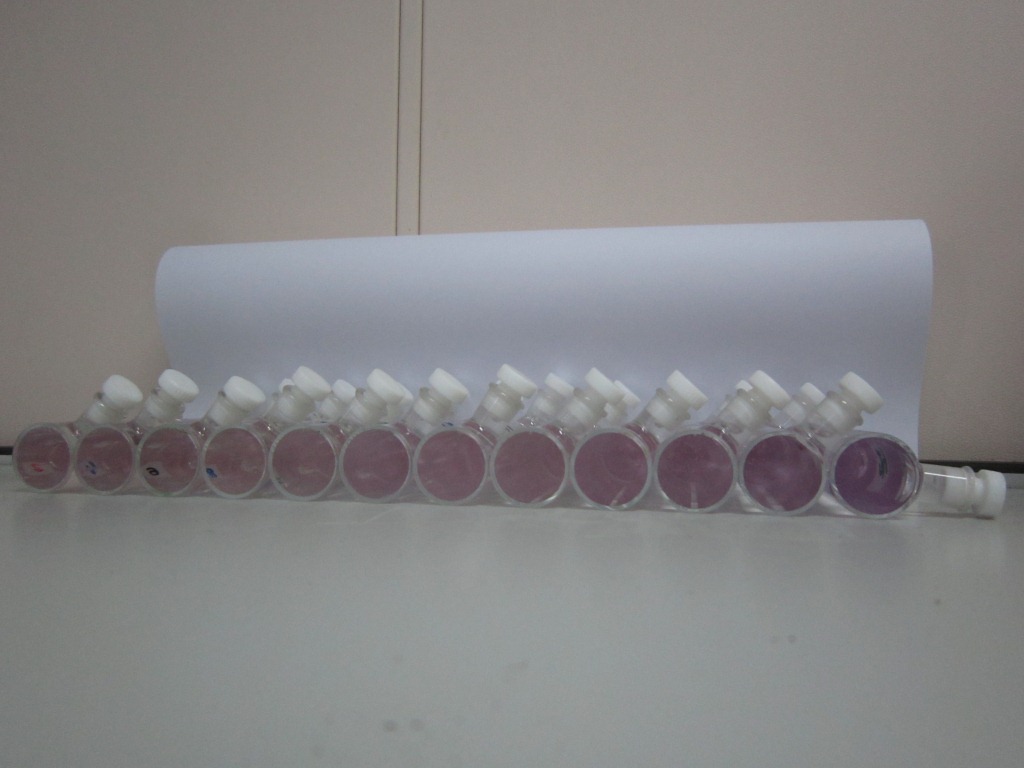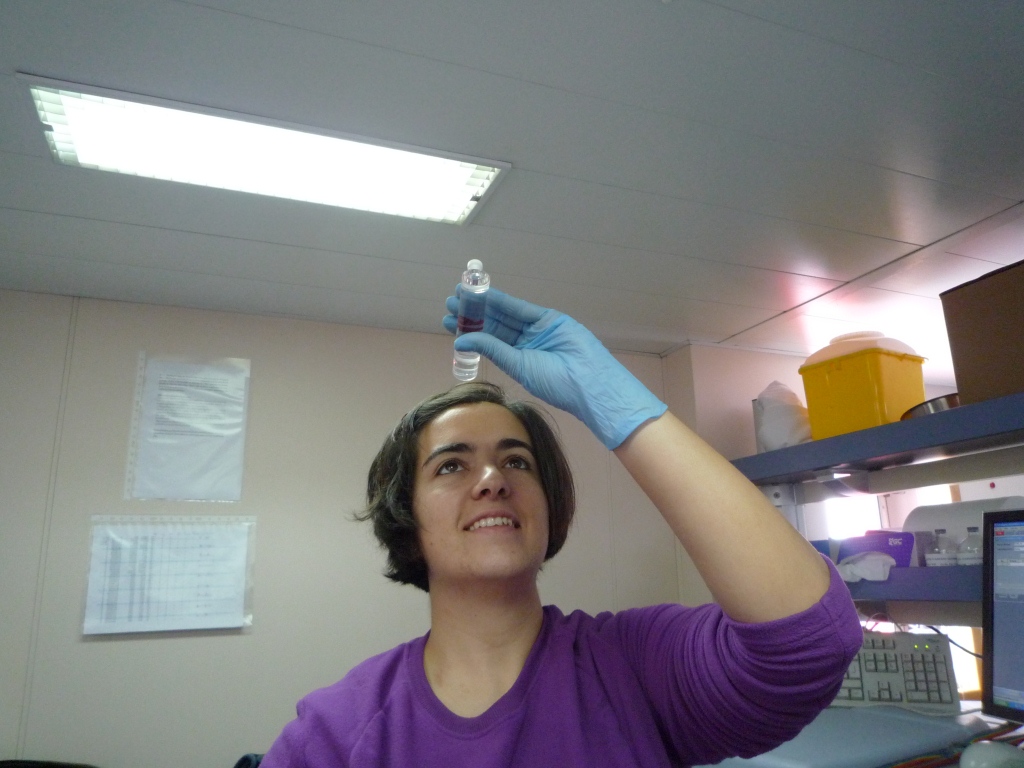THE OCEAN ACIDIFICATION
The main objective of the Catarina project is to verify oceans are acidifying. Or not, that could also be that eh? Today we dive into the fascinating world marine acid-base: pH measurement. Many of you may be familiar with the pH is a logarithm or something, but get to the point: It seems that the oceans are taking up more carbon dioxide than necessary and when dissolved in water, it is becoming clear that its pH is decreasing.

As always the first step is to milk the Roseta. For this task Noelia is usually best Swaddle (this is pun with her name: Fajar). The sampling is done directly in a cuvette that we see in the following cartoons.

At the samples are added as a dye that can tell at a glance what is most basic (right, sample surface) and which is more acidic (left, bottom sample). The center sample is about 1000 m. Below is a complete sequence of surface to bottom also from right to left.


Noah's ark (In Spanish El arca de Noe). Checking if the cuvettes have a trace of dirt before putting them in the spectrophotometer. Do not think that is a ghost that takes pictures, is an instrument that distinguishes the color of each sample for the light it absorbs, and thus allows to know the pH.










